People Pride themselves with being the first to discover a far off land or even a new animal. However, we rarely stop and think about what already happened right under our very feet. The places that have the most of us walking around, touching everyday are the places with the most change in the world. Pay attention to the important details that change with the decades and centuries it is amazing. The horses, cars, buildings, stores and all the clothes through the years, change is really special and unstoppable. See it across the great United States Of America!
1 - NYC 1900 Little Italy – Lower east side
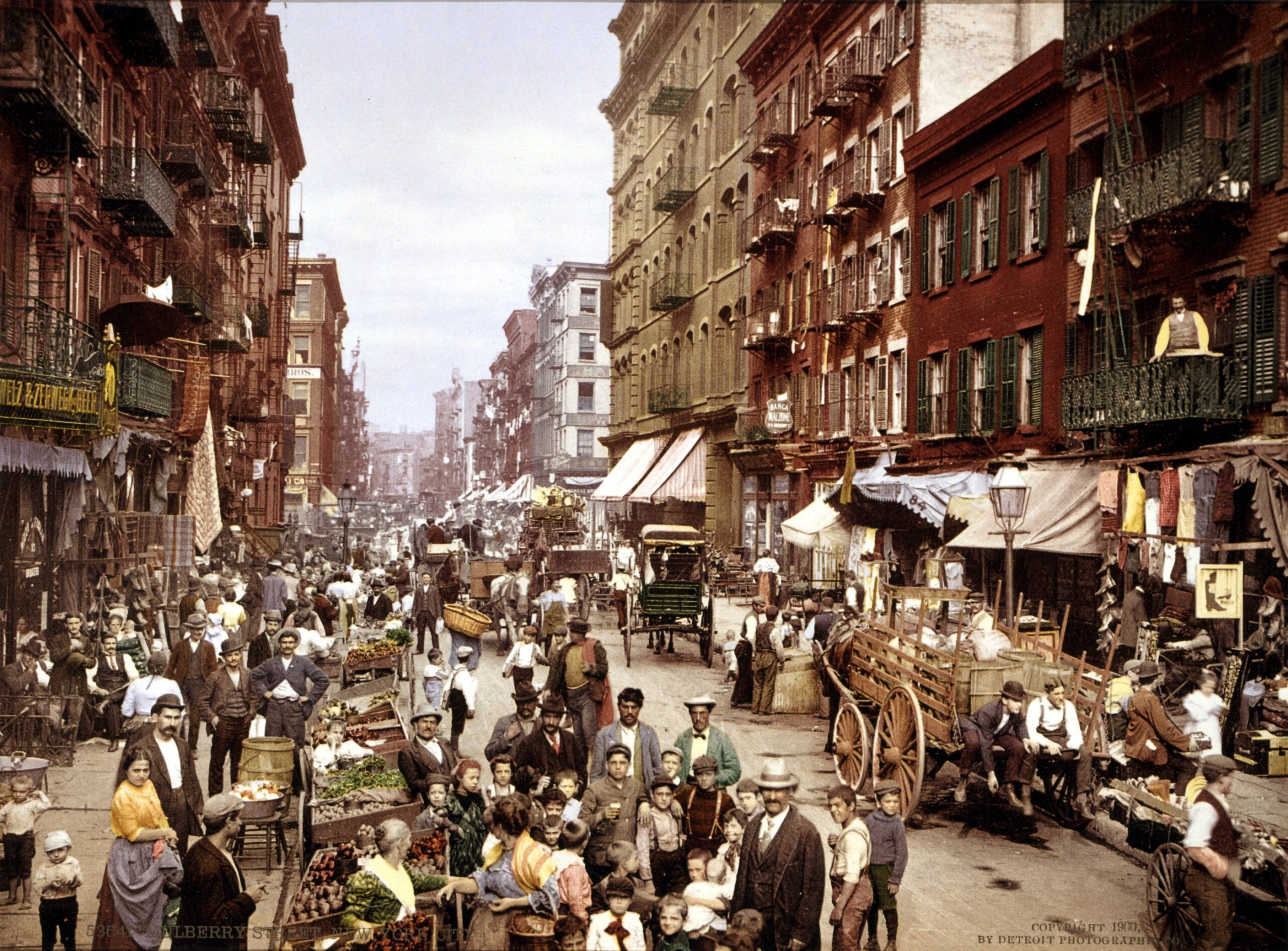
The Lower East Side, sometimes abbreviated as LES, is a neighborhood in the southeastern part of the New York City borough of Manhattan, roughly located between the Bowery and the East River, and Canal Street and Houston Street. Traditionally an immigrant, working-class neighborhood, it began rapid gentrification in the mid-2000s, prompting The National Trust for Historic Preservation to place the neighborhood on their list of America's Most Endangered Places.
2 – Boston Haymarket Square 1909
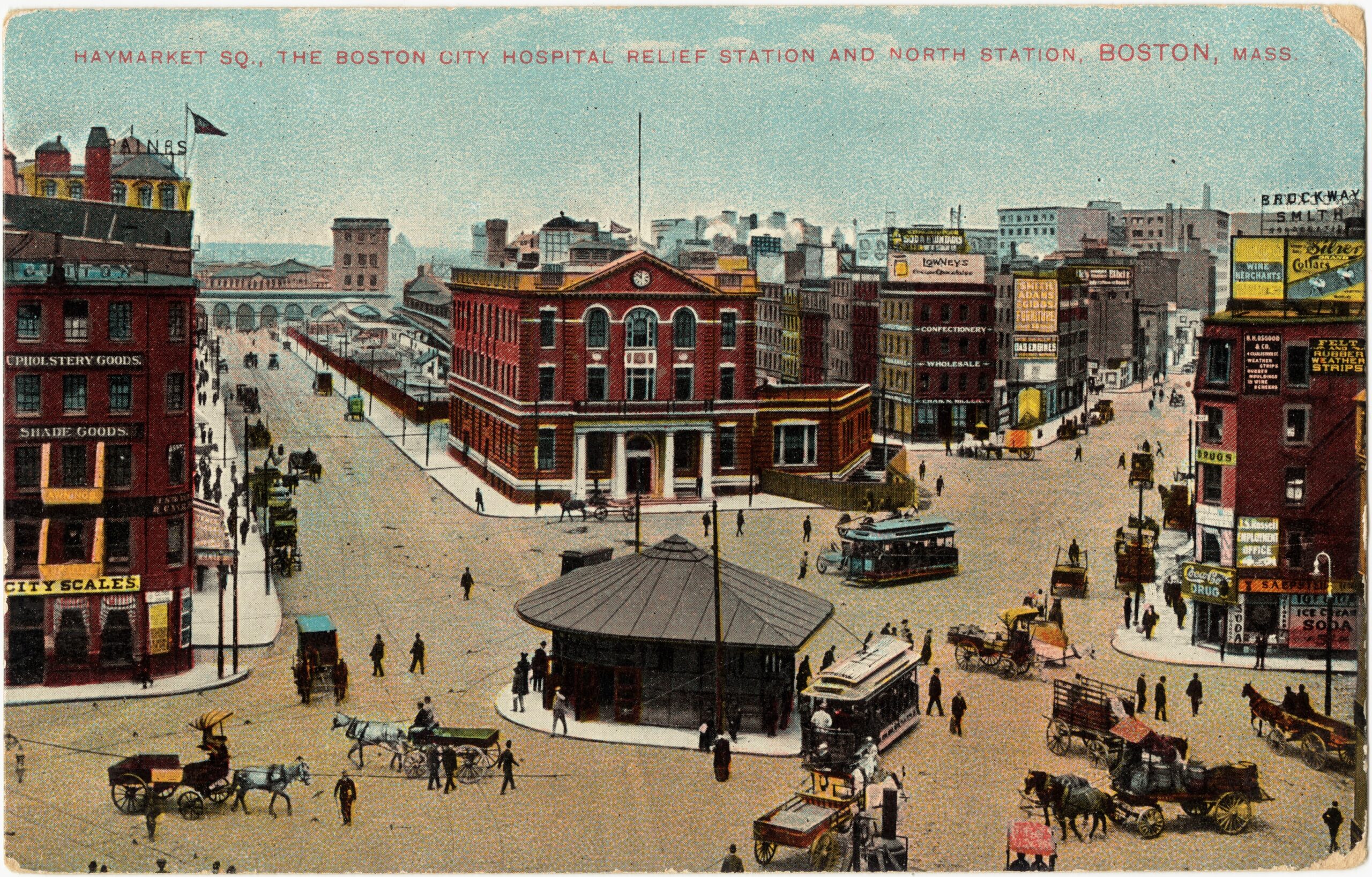
Haymarket Square is the historic name of a former town square in Boston, located between the North End, Government Center, the Bulfinch Triangle, and the West End. The square was a well-known feature of Boston from the mid-19th century to the mid-20th century, when the buildings around it were demolished to make way for the Central Artery[1] and Government Center. The Haymarket produce market continues to operate at a location near the historic site of the square.
3 – Detroit – Shift change at the Ford plant 1910s

Detroit was founded on July 24, 1701 by the French explorer and adventurer Antoine de la Mothe Cadillac and a party of settlers. With expansion of the automobile industry, the Detroit area emerged as a significant metropolitan region within the United States in the early 20th century, when the city became the fourth-largest in the country for a period. In the 1950s and 1960s, expansion continued with construction of a regional freeway system.
4 – New Orleans – Mardi Gras 1890s
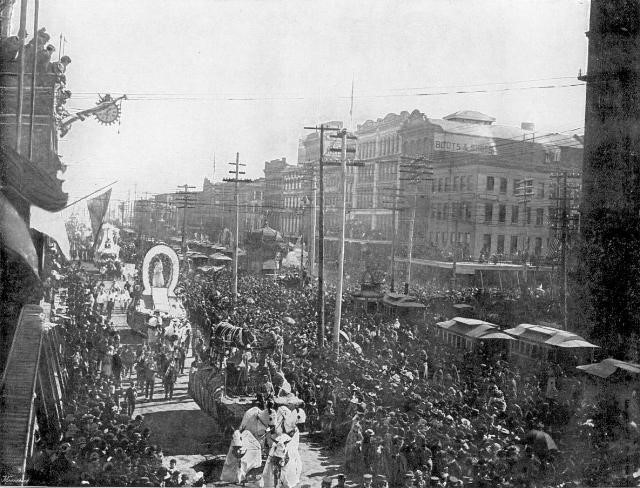
Mardi Gras in the United States is not observed nationally across the country, however a number of cities have celebrations. Most trace their Mardi Gras celebrations to French, Spanish, and other colonial influences on the settlements over their history. The earliest Carnival celebration in North America occurred at a place on the west bank of the Mississippi river about 60 miles (96.6 kilometers) downriver from where New Orleans is today; this Mardi Gras on the 3rd of March 1699 and in honor of this holiday, Iberville named the spot Point du Mardi Gras.
5- Atlanta 1864
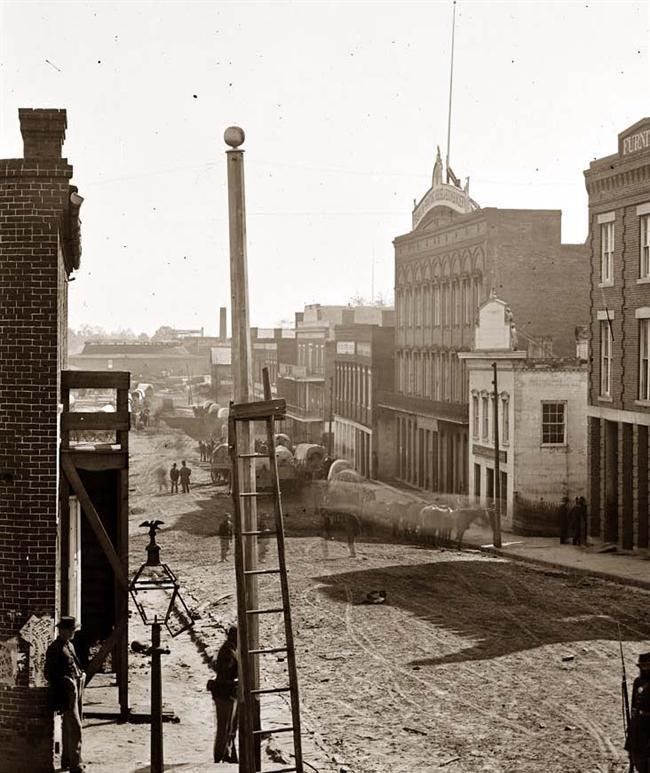
Atlanta was established in 1837 at the intersection of two railroad lines, and the city rose from the ashes of the American Civil War to become a national center of commerce.
In the decades following the Civil Rights Movement, during which the city earned a reputation as "too busy to hate" for the progressive views of its citizens and leaders.
Atlanta is the primary transportation hub of the Southeastern United States, via highway, railroad, and air, with Hartsfield–Jackson Atlanta International Airport being the world's busiest airport since 1998.
6 – St. Louis – South Broadway after a tornado 1896
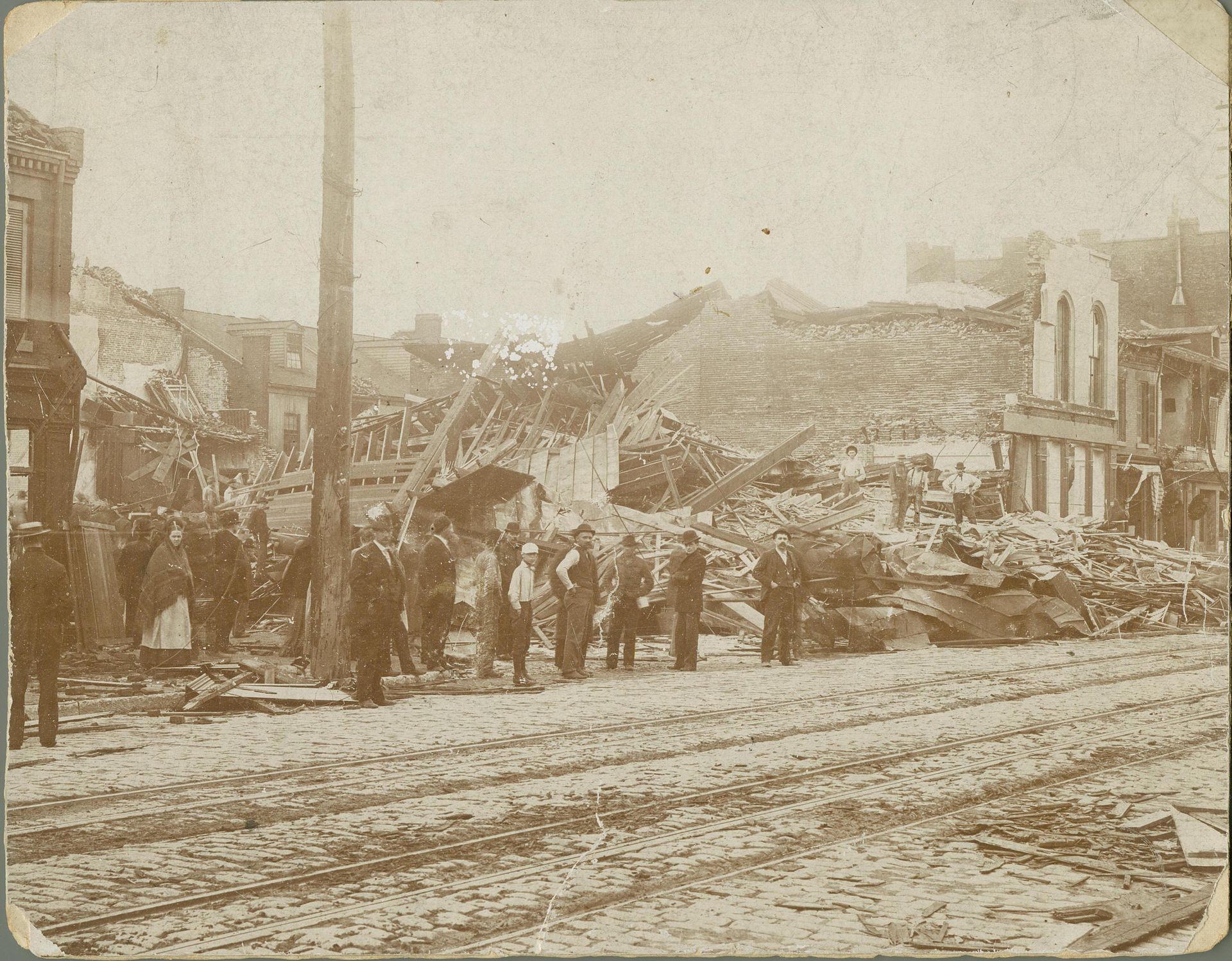
After the United States acquired this territory in the Louisiana Purchase, St. Louis developed as a major port on the Mississippi River. In the late-19th century, St. Louis was ranked as the fourth-largest city in the United States.
7 – Los Angeles – LA school from 1882
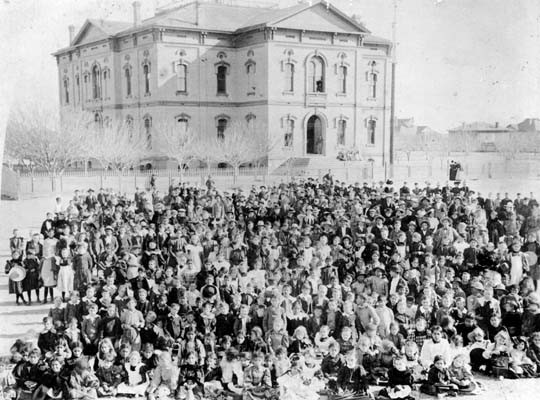
The city was officially founded on September 4, 1781, by Spanish governor Felipe de Neve. It became a part of Mexico in 1821 following the Mexican War of Independence. In 1848, at the end of the Mexican–American War, Los Angeles and the rest of California were purchased as part of the Treaty of Guadalupe Hidalgo, thereby becoming part of the United States.
8 – Washington DC Pennsylvania Ave 1874

The states of Maryland and Virginia each donated land to form the federal district, which included the pre-existing settlements of Georgetown and Alexandria. Named in honor of George Washington, one of the United States' founding fathers and the leader of the American Continental Army who won the Revolutionary War, the City of Washington was founded in 1791 to serve as the new national capital.
9 – Philadelphia 8th and Market Street, 1910s
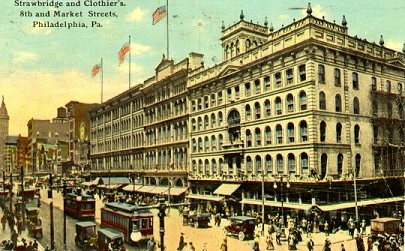
In 1682, William Penn founded the city to serve as capital of the Pennsylvania Colony.[11] Philadelphia played an instrumental role in the American Revolution as a meeting place for the Founding Fathers of the United States, who signed the Declaration of Independence in 1776 and the Constitution in 1787. Philadelphia was one of the nation's capitals in the Revolutionary War, and served as temporary U.S. capital while Washington, D.C., was under construction. In the 19th century, Philadelphia became a major industrial center and railroad hub that grew from an influx of European immigrants.
10 – Houston – Downtown Houston 1927
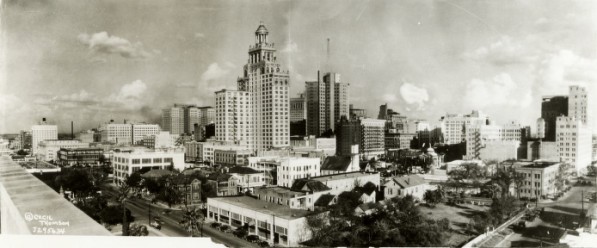
Houston was founded on August 28, 1836 near the banks of Buffalo Bayou (now known as Allen's Landing)[8][9] and incorporated as a city on June 5, 1837. The city was named after former General Sam Houston, who was president of the Republic of Texas and had commanded and won at the Battle of San Jacinto 25 miles (40 km) east of where the city was established. The burgeoning port and railroad industry, combined with oil discovery in 1901, has induced continual surges in the city's population.




